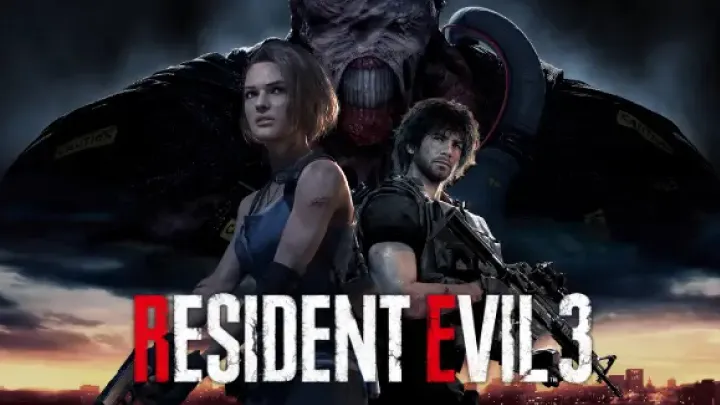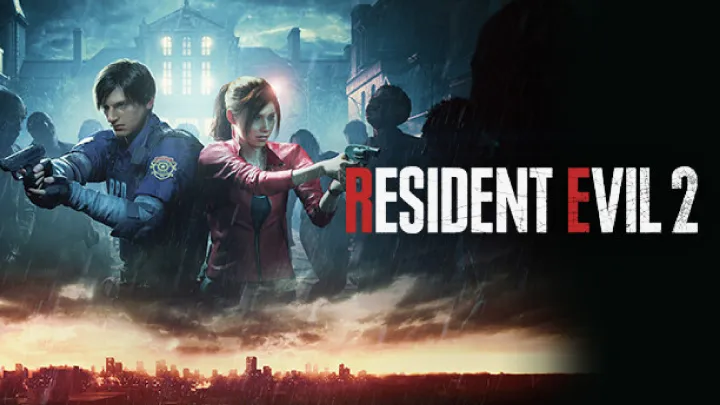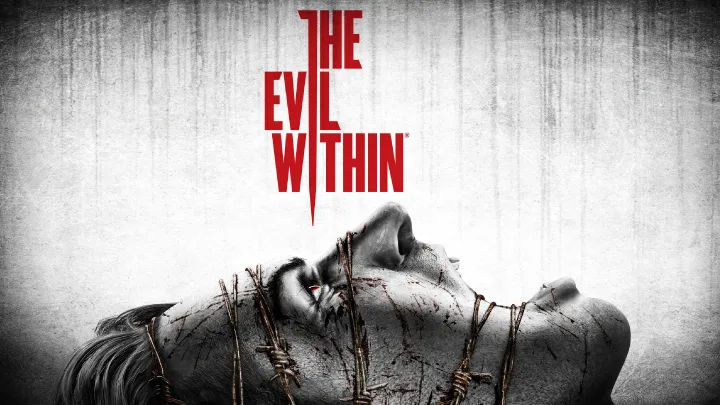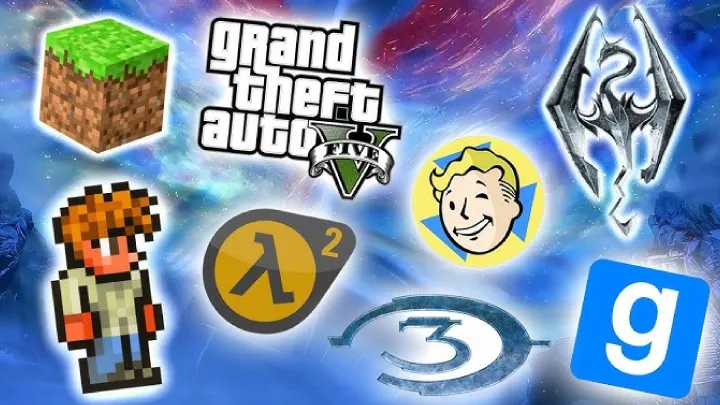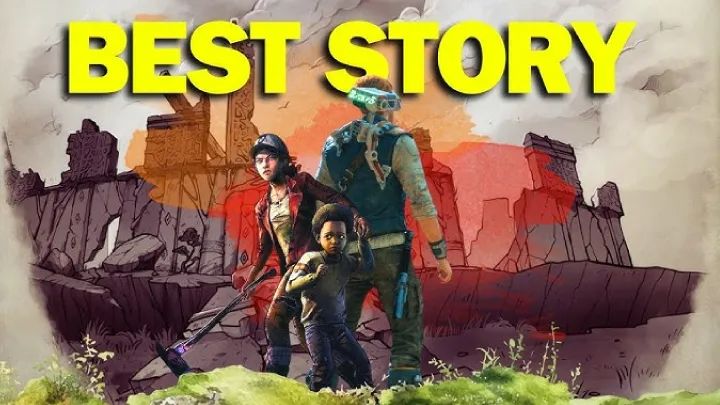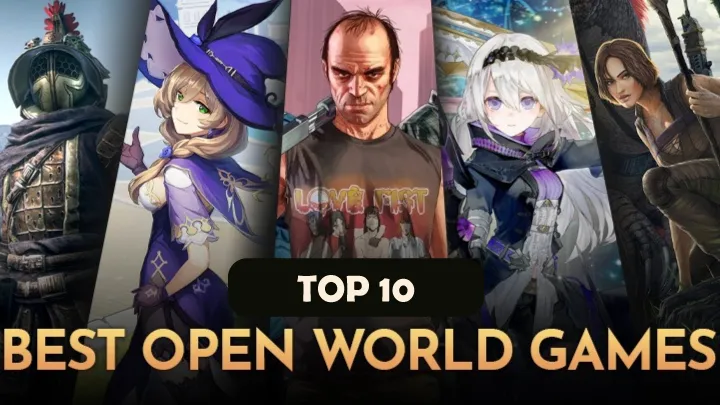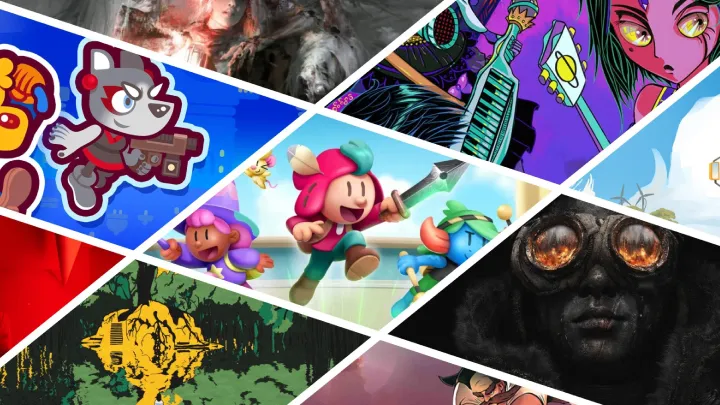Introduction
The video game industry has undergone many transformative eras, but few have been as groundbreaking as the indie revolution. In the mid-to-late 2000s, independent developers began to challenge the dominance of big-budget studios by creating innovative, experimental, and highly personal games. Without the restrictions of publishers, indie developers could experiment with narrative, mechanics, and art styles in ways that reshaped gaming culture forever.
This article explores the Top 10 Games That Defined the Indie Revolution—games that not only proved the viability of indie development but also changed how we think about creativity, storytelling, and gameplay. Each entry includes a brief introduction, gameplay analysis, and a short evaluation of its lasting impact.
1. Braid (2008)
Game Overview
Developed by Jonathan Blow, Braid is often cited as the spark that ignited the modern indie revolution. At first glance, it looks like a colorful platformer reminiscent of Super Mario Bros., but beneath its playful aesthetic lies deep philosophical themes about time, regret, and consequences.
Gameplay Analysis
The core mechanic centers around time manipulation. Players can rewind mistakes, solve puzzles, and experiment with cause-and-effect in ways that challenge traditional platforming. Each world introduces a new twist on time—creating a series of mind-bending challenges that reward creativity and patience.
Evaluation
Braid proved that indie games could be more than just small projects—they could tell stories with emotional weight while offering fresh gameplay mechanics. It paved the way for indie developers to approach game design as an art form.
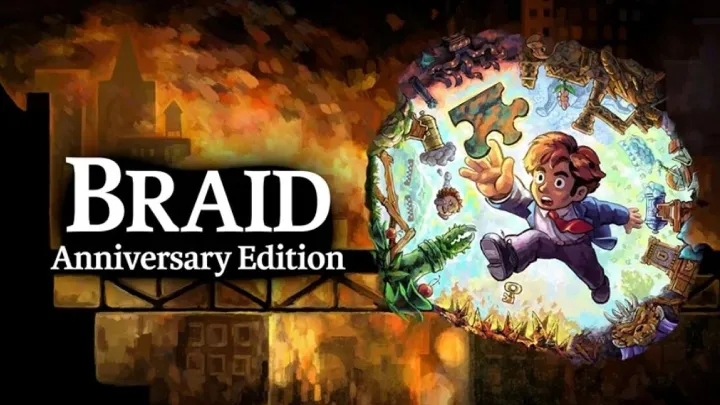
2. Super Meat Boy (2010)
Game Overview
From Team Meat (Edmund McMillen and Tommy Refenes), Super Meat Boy became one of the first breakout indie hits on consoles thanks to Xbox Live Arcade. Its fast-paced, brutal difficulty was a direct contrast to mainstream games that were becoming increasingly accessible.
Gameplay Analysis
Players control Meat Boy, a tiny cube of meat, navigating through over 300 levels filled with spikes, saws, and other hazards. The controls are precise, making failure feel like a lesson rather than a punishment. Instant respawns keep the frustration low while maintaining a constant adrenaline rush.
Evaluation
Super Meat Boy showed that hardcore difficulty still had a place in modern gaming. It revived interest in precision platformers and demonstrated the power of digital distribution for indie success.
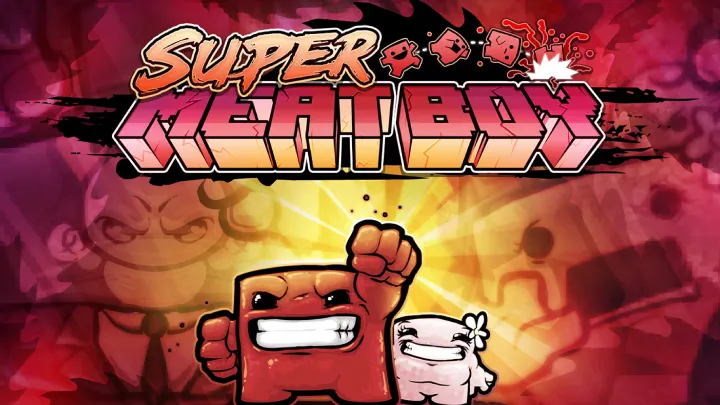
3. Minecraft (2009)
Game Overview
While now a global giant owned by Microsoft, Minecraft started as a humble indie project by Markus “Notch” Persson. Its blocky graphics and sandbox nature captivated players worldwide, making it one of the best-selling games of all time.
Gameplay Analysis
At its core, Minecraft is about creativity and survival. Players mine resources, build structures, and explore infinite worlds. Its simplicity hides a depth that encourages experimentation, community collaboration, and modding.
Evaluation
Minecraft redefined what an indie game could achieve. It built a global community, popularized sandbox gameplay, and influenced countless other titles. Without Minecraft, the indie revolution would not have reached mainstream audiences as quickly.
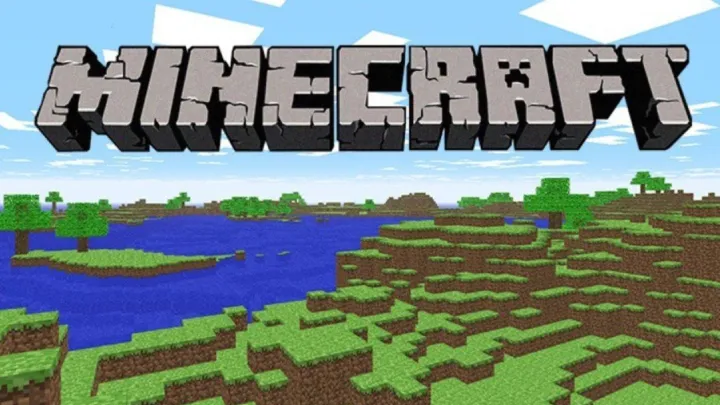
4. Limbo (2010)
Game Overview
Developed by Playdead, Limbo is a haunting puzzle-platformer that captivated players with its stark black-and-white visuals and atmospheric storytelling.
Gameplay Analysis
The game uses environmental puzzles and physics-based mechanics to tell a wordless narrative about a boy searching for his sister. Every shadow, sound, and obstacle contributes to the eerie atmosphere.
Evaluation
Limbo demonstrated that games didn’t need dialogue or text to deliver emotional impact. Its minimalist style influenced a wave of atmospheric indie games and established Playdead as a leader in artistic game design.
5. Undertale (2015)
Game Overview
Created by Toby Fox, Undertale is a quirky RPG that blends humor, charm, and deep morality systems. It quickly developed a passionate fanbase that propelled it to cult status.
Gameplay Analysis
What sets Undertale apart is its “combat” system. Instead of always fighting enemies, players can choose to spare or befriend them, leading to vastly different outcomes. The game remembers your choices, blurring the line between player and character morality.
Evaluation
Undertale broke RPG conventions and inspired countless discussions about ethics in games. Its humor, memorable soundtrack, and emotional storytelling made it one of the defining indie titles of the decade.
6. Celeste (2018)
Game Overview
Developed by Maddy Makes Games, Celeste is both a challenging platformer and a heartfelt story about mental health.
Gameplay Analysis
The platforming is razor-sharp, requiring precise jumps and dashes across increasingly difficult levels. However, its story about self-doubt and perseverance resonates just as strongly as its gameplay. The game encourages players to fail, learn, and grow—a metaphor for its central themes.
Evaluation
Celeste became a symbol of how games can explore sensitive topics without losing focus on fun mechanics. Its balance of challenge and compassion redefined what an indie platformer could achieve.
7. Stardew Valley (2016)
Game Overview
Created by Eric Barone (ConcernedApe), Stardew Valley is a farming simulator inspired by Harvest Moon but with more depth and freedom.
Gameplay Analysis
Players inherit a farm and must manage crops, animals, relationships, and even explore mines filled with monsters. Its open-ended gameplay encourages relaxation, creativity, and community building.
Evaluation
Stardew Valley became an indie sensation by offering both cozy escapism and deep mechanics. Developed entirely by one person, it showed that a single developer could create a game to rival major studios.
8. Journey (2012)
Game Overview
Developed by thatgamecompany, Journey is an artistic experience unlike any other. It emphasizes emotion and connection rather than traditional gameplay goals.
Gameplay Analysis
Players guide a robed traveler across a vast desert toward a distant mountain. Along the way, they may encounter other real players, but communication is limited to musical chimes and gestures. This creates a profound sense of wordless companionship.
Evaluation
Journey proved that video games could evoke deep emotional responses similar to film or literature. Its visual storytelling and unique multiplayer experience set a new standard for artistic expression in gaming.
9. Hollow Knight (2017)
Game Overview
Team Cherry’s Hollow Knight is a dark, beautifully hand-drawn Metroidvania that captivated players with its expansive world and challenging combat.
Gameplay Analysis
Players explore the underground kingdom of Hallownest, battling insects and uncovering lore. Its nonlinear progression, responsive combat, and atmospheric design make it one of the most acclaimed Metroidvania games ever made.
Evaluation
Hollow Knight redefined indie action-adventure by combining stunning art direction with depth and challenge rivaling AAA titles. It proved that indie games could deliver epic, content-rich experiences.
10. The Binding of Isaac (2011)
Game Overview
Another title from Edmund McMillen, The Binding of Isaac is a rogue-like dungeon crawler inspired by The Legend of Zelda.
Gameplay Analysis
Each playthrough is randomized, with different items, enemies, and room layouts. The game’s grotesque, religious-themed imagery made it controversial, but its replayability kept players coming back.
Evaluation
The Binding of Isaac helped popularize the modern roguelike genre. Its procedural generation, endless replayability, and unique art direction influenced countless indie titles that followed.
Conclusion
The indie revolution reshaped the gaming industry by proving that creativity, passion, and bold ideas can rival massive budgets. These ten games represent more than just commercial success—they symbolize artistic breakthroughs that inspired an entire generation of developers and players. From Braid’s time-bending puzzles to Celeste’s emotional storytelling, each title contributed to redefining what video games could be.
The indie scene continues to thrive, with new developers pushing boundaries every year. Yet, the legacy of these landmark games will always remind us that sometimes the most innovative ideas come from the smallest teams.








